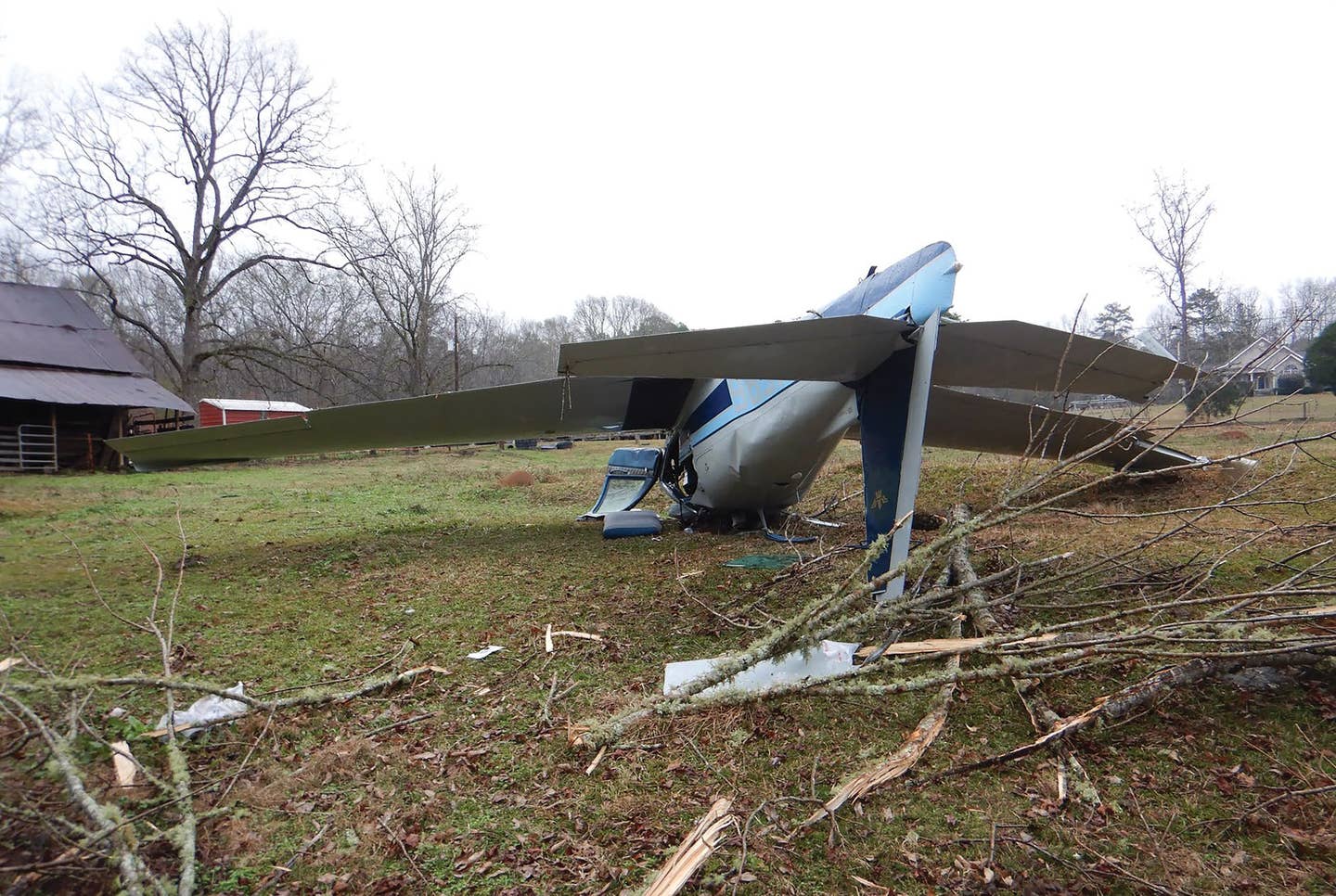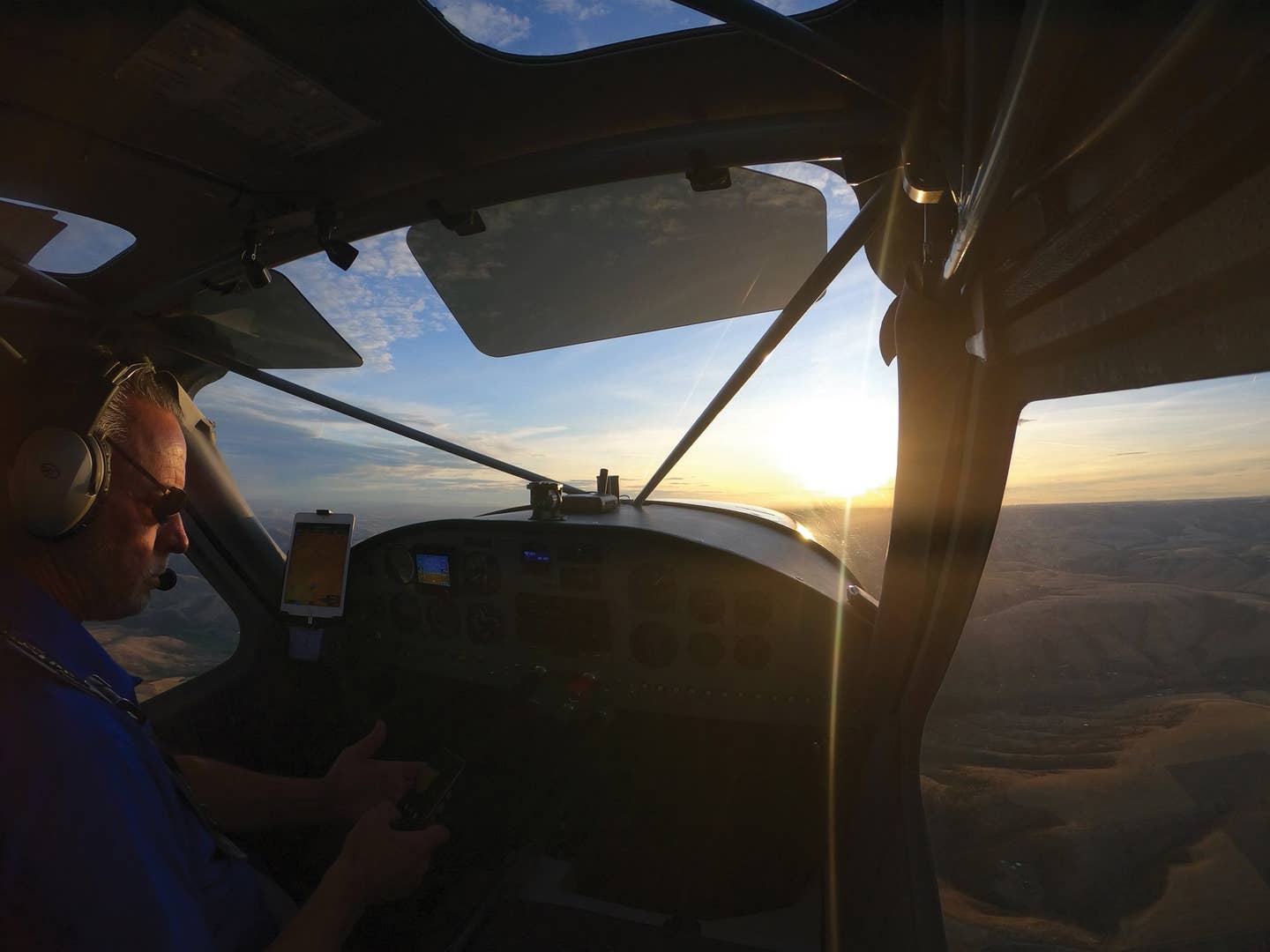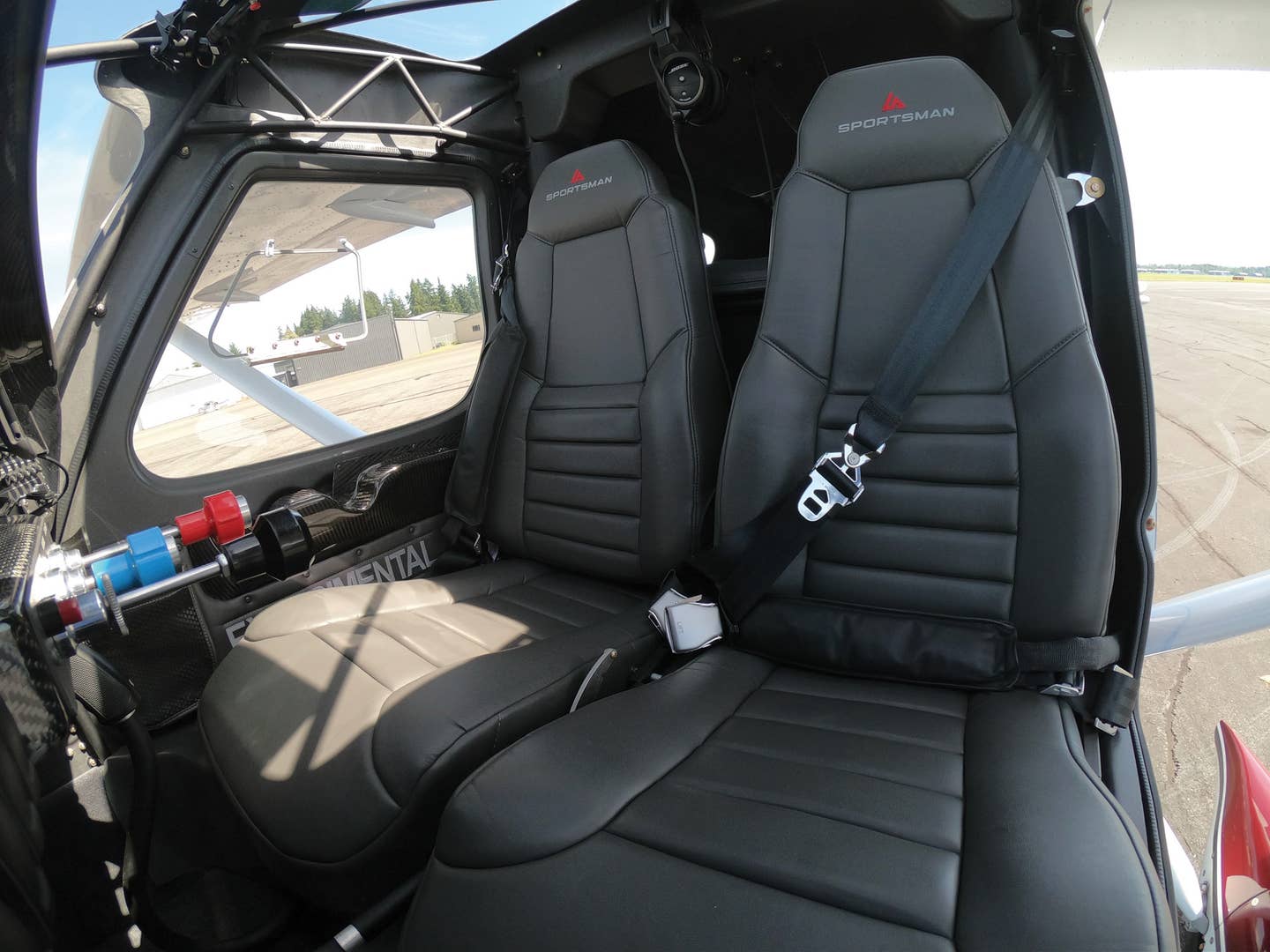Is Backcountry Flying Detrimental To Wildlife?
The Recreational Aviation Foundation (RAF) released the results of a recent study, which focused on backcountry flying and the effects of noise on wildlife populations. The results of the two-year…
The Recreational Aviation Foundation (RAF) released the results of a recent study, which focused on backcountry flying and the effects of noise on wildlife populations. The results of the two-year evaluation were pretty interesting.
In 2014, the RAF was awarded an AOPA Foundation grant toward the cost of studying to determine if there are noise effects around backcountry airstrips, and if so, how they compare with other uses. The Montana Department of Transportation provided substantial funds, as well, matched by the RAF.
To defend recreational aviation on public lands, the RAF looks to provide credible information when backcountry airstrips are evaluated as part of land management planning. In this case, wildlife biologists and physiologists use a sophisticated technique of evaluating stress levels in mammals by measuring the presence of stress hormones excreted in feces. The study "focused on white-tailed deer and mule deer because of their ubiquitous distribution and relatively high densities allowing for repeated measures and comparative sampling between airstrip sites and control sites," according to the Executive Summary.
University of Montana postgraduate wildlife biologist Devin Landry and colleagues collected samples from six Montana and Idaho backcountry airstrips, with six control sites devoid of aircraft noise, overseen by Dr. Ric Hauer, Ph.D., of the University of Montana's Institute on Ecosystems. Volunteer RAF pilots flew the scientists and their equipment in and out of the airstrips.
After laboratory analysis, Landry and Hauer published an 18-page document subjected to peer review, "Effects of Backcountry Aviation on Deer Stress Physiology," which is available to land managers and the general public. It summarizes: "Based on the results of our study, we concluded that there is no significant increase in stress levels among deer due to recreational aviation activity (e.g., takeoffs, landings, prop noise, camping, human presence) at backcountry airstrips compared to that expressed by deer as a result of similar, but non-aviation recreational activity (e.g., camping, motorized access to campground or trailhead, human presence) at campground and recreation access sites."
Dr. Hauer wrote, "We believe that when ethically used, recreational aircraft is one of the lowest-impact means of backcountry access."
The Recreational Aviation Foundation is a public 501(c)3 nonprofit organization formed in 2003 to preserve, maintain and create airstrips for recreational access, with headquarters in Bozeman, Montana. Learn more at theraf.org.

Subscribe to Our Newsletter
Get the latest Plane & Pilot Magazine stories delivered directly to your inbox






